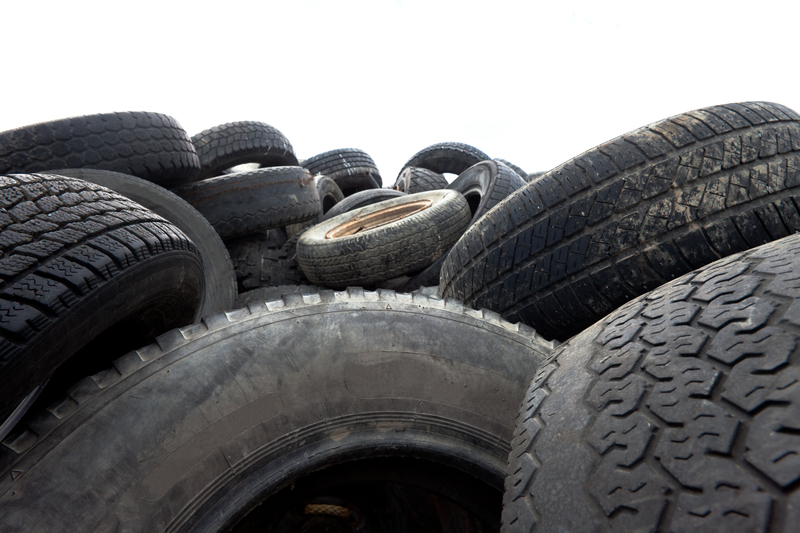As the world becomes increasingly digital, the demand for electronic devices continues its upward trajectory. However, this digital revolution comes with its own set of challenges, notably the significant environmental impact of electronic waste, or e-waste. This article explores the concept of clean electronics and how recycling e-waste represents an essential environmental leap.
Understanding E-Waste
E-waste refers to discarded electronic devices or components, including phones, computers, televisions, and office equipment. It is the fastest-growing waste stream globally, with an estimated 53.6 million metric tonnes generated in 2019 alone. This growth poses a severe environmental challenge, as e-waste contains hazardous substances like lead, cadmium, and mercury, which can leach into the environment.

Why Recycling E-Waste is Crucial
Effective recycling of e-waste presents numerous advantages:
- Reduces Pollution: When not managed properly, e-waste can release toxic chemicals into soil and water.
- Conserves Natural Resources: Many electronic devices contain valuable materials such as gold, silver, and copper that can be recovered through recycling.
- Energy Efficiency: Recycling materials often consumes less energy compared to extracting and processing raw materials.
The Concept of Clean Electronics
In response to the growing threat of electronic waste, the notion of clean electronics has emerged. This concept involves the designing and manufacturing of electronic products with minimal environmental impact. It emphasizes reducing the toxicity of devices, enhancing their recyclability, and lengthening their lifecycle.
Design for Environment (DfE)
One key aspect of clean electronics is the Design for Environment (DfE) method, which seeks to minimize the environmental impact of a product across its entire lifecycle. This approach encourages manufacturers to:
- Use non-toxic materials that are less harmful to the environment.
- Create products that are easy to disassemble and recycle.
- Increase product durability and reparability.
The Role of Circular Economy in Clean Electronics
A critical component of clean electronics is the adoption of a circular economy. Unlike the traditional linear model of production, which follows a 'take-make-dispose' pattern, a circular economy focuses on keeping products, components, and materials in use for as long as possible. This involves:
- Designing products with the end-of-life stage in mind.
- Implementing take-back programs for electronic devices.
- Encouraging the resale and refurbishment of devices.
Challenges in E-Waste Recycling and Clean Electronics
Despite the promising advantages, achieving clean electronics and efficient e-waste recycling is fraught with challenges:
- Lack of Awareness: Many consumers remain unaware of the importance of recycling their old electronic devices.
- Insufficient Infrastructure: Many regions lack the necessary facilities and technology to handle e-waste effectively.
- Regulatory Hurdles: The absence of stringent regulations across some regions hampers efforts to manage e-waste sustainably.
Technological and Legislative Solutions
To overcome these challenges, technological innovations and robust legislative measures are crucial. Implementing advanced recycling methods and enforcing stricter e-waste management laws encourage companies and consumers to prioritize sustainability.

Steps Forward for Consumers and Manufacturers
Consumer Responsibility
Consumers play a pivotal role in fostering clean electronics. They can:
- Donate or sell old devices instead of discarding them.
- Choose products from companies with strong environmental commitments.
- Advocate for responsible disposal options in their communities.
Manufacturer Initiatives
Manufacturers, on the other hand, can drive change by:
- Designing products for easier recycling and disposal.
- Creating and promoting electronics recycling programs.
- Integrating recycled materials into new products.
Conclusion: Embracing the Future of Clean Electronics
The shift towards clean electronics and effective e-waste recycling presents an opportunity to significantly reduce the environmental impact of our digital age. By embracing a circular economy, investing in innovative design, and fostering collaborative efforts between consumers, manufacturers, and legislators, we can stride towards a more sustainable future. Ultimately, the leap from traditional practices to cleaner, more responsible electronics production and disposal is not just necessary; it's vital for the well-being of our planet.
As we continue to innovate and expand our technological horizons, the commitment to sustainability must remain at the forefront of electronic industry advancements. By prioritizing clean electronics, we can effectively address the growing challenges posed by e-waste and work towards a healthier, more sustainable environment for all.